
The interdisciplinary research team of economists; permafrost, fire, weather, climate, and environmental scientists; and policy experts conducts transdisciplinary research on Arctic natural hazards and their impacts on the natural and built environments and society.
The research team works closely with local governments and non-governmental organizations (NGOs), Indigenous groups, insurance companies, and residents to co-produce knowledge on the costs, risks, and actions taken to mitigate and adapt to these hazards.
The team and stakeholders collaborate to determine optimal ways to measure the effects of hazards on society and the built environment, identify trade-offs and interactions, develop a multiple-hazard risk assessment, and generate options for future adaptive planning

Jennifer Schmidt
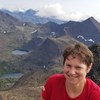
I am interested in interdisciplinary research that examines people, ecosystems and their interactions. My research topics include human dimensions of subsistence and sport harvest, land use, ecosystem management, ecosystem services, climate change, and wildfire. I use geographic information systems (GIS), statistics, modeling, and other qualitative and quantitative methods.
Matt Berman

My primary areas of interests include economic organization and non-market valuation. Research interests include sustainable communities, social-ecological systems, spatial ecosystem services, political economy, and institutions.
Brett Watson
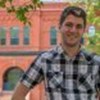
My work focuses on how natural resource wealth is created, managed, and distributed both nationally and in the state of Alaska. I am particularly interested in applying modern econometric approaches to questions surrounding resource policy, community engagement with resource extraction, and extractive firm behavior.
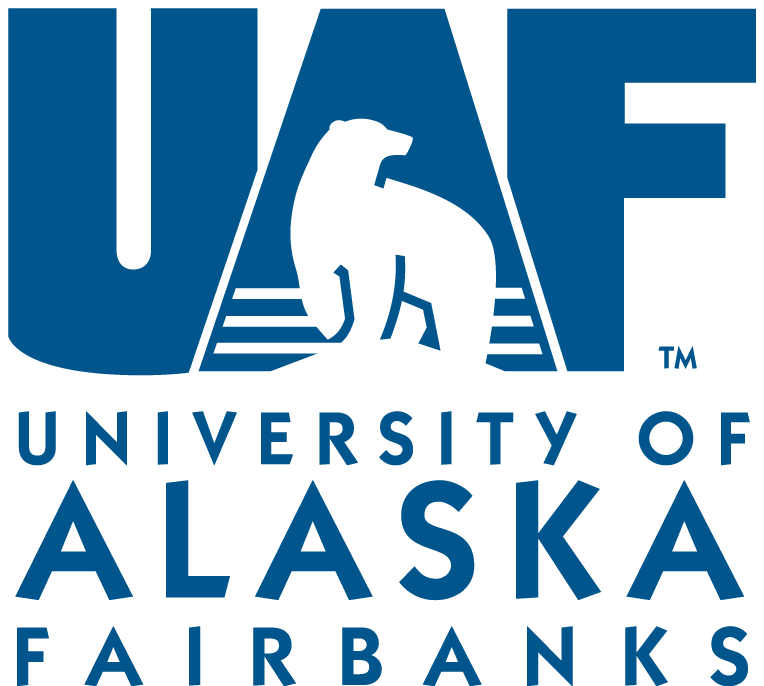
Peter Bieneck

My research focuses on Alaska climatology, climate variability and change, dynamical downscaling, and regional climate.
Dmitry Nicolsky

My work focuses on understanding and modeling of coupled ground-atmosphere-ocean processes. Thermodynamics of irreversible processes and evolution of ecosystems. Numerical solution of partial differential equations appearing in geoscience.
Rick Thoman
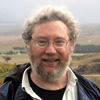
My area of focus is Alaska climate and weather. produces reliable Alaska climate change information and graphics describing Alaska’s changing environment. His work spans the bridge between climate modeling, Alaska communities and media.
Louise Farquharson

My work explores Arctic landscape change, with a focus on permafrost-affected terrain. I utilize a combination of field surveys, in-situ monitoring, and remote sensing to better understand landscape change in the present.
Zena Robert

I am a second year Master's student in the Geology department at UAF, and my thesis project investigates the effects of rapid climate changes on mass movements in Denali National Park and Preserve. I completed my undergraduate studies at Colby College and became interested in Quaternary Geology and Arctic geomorphology.
My activities within this project include creating an ArcGIS database containing historic Fairbanks permafrost distribution maps and aiding in the mapping of current permafrost distribution.
Toby Schwoerer

Much of my current research focuses on human dimensions of sustainable systems, with the goal of informing policy through applied economic analysis. Most recently, I have been studying human responses to environmental risks, such as invasive species and climate change.

Jim Powell

I have spent most of my life in Alaska with over three decades working on environmental and natural resource policy and management, and local governance issues. My current research interests are community and institutional adaptive capacity in response to climate change, sustainability, and local decision-making.

Monika Calef
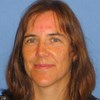
My research interest is the boreal forest of Alaska and how it has changed over time due to human activity, fire, climate change, and natural cycles. My recent research combines spatial analysis and modeling using Geographic Information Systems (GIS) to better understand human-fire interactions, in particular how humans are affecting fire frequency and extent.
Anna Varvak

I am a mathematical modeler whose research interests are applied statistics and math education.
Zeke Ziel

A trained forester, I have been working as a wildfire analyst since the late 1980s. I have worked with incident management teams, in support of coordination centers, and in facilitating fire science to operations in Alaska and the Lake states.